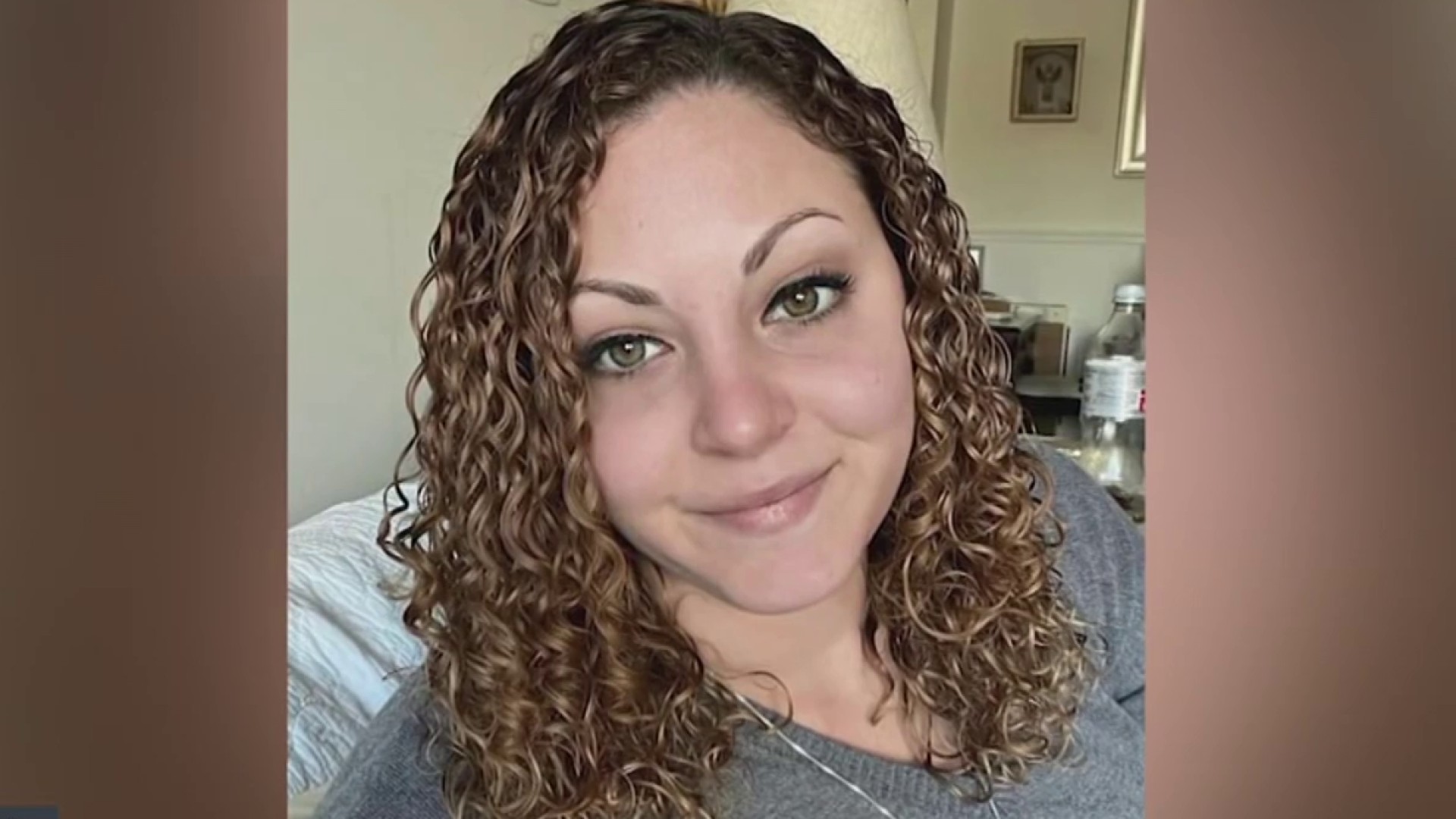If you've lived in the D.C. area for any length of time, you've probably been caught up in traffic associated with a presidential motorcade.
The flashing lights. The all-black convoy. The emergency vehicles.
They're quite exciting the first time you spot them, but once that initial thrill is gone, well, you find yourself cursing the motorcade's existence as you wait for the long flow of vehicles to pass by.
So why are all those vehicles necessary? And what the heck do all of them do?
These are questions now answered by a cool infographic put together by The Atlantic. Check it out by clicking here.
And if you're as curious as we are, The Atlantic says it isn't giving away any secrets by publishing this information. It says it was "gleaned from open sources and years of watching motorcades."
We'll take them at their word on that one.
Local
Washington, D.C., Maryland and Virginia local news, events and information
The graphic is part of a much larger story The Atlantic published on the Secret Service. It's a great look into what the agency does -- and how world leaders view it. It also includes some little-known information about assassination attempts on both Bill Clinton and George W. Bush.
For example, The Atlantic said the Secret Service saved President Clinton's life in 1996 while he was attending a summit in Manila:
According to (historian Ken) Gormley, just moments before the motorcade was about to move, agents using a special intelligence-gathering capacity -- one that remains classified -- picked up radio chatter mentioning the words wedding and bridge. Knowing well that wedding was often a code word for a terrorist hit, Merletti changed the route, which happened to include a bridge. Clinton was angry at the decision, which would cause further delay, but he did not override it. When agents arrived at the bridge, they indeed found explosives: had Clinton taken the prescribed route, he very likely would have been killed.
Intriguing stuff, and definitely worth the read.



